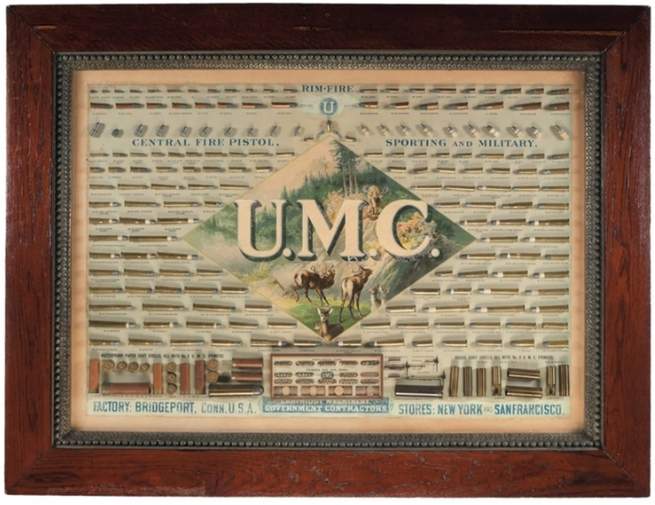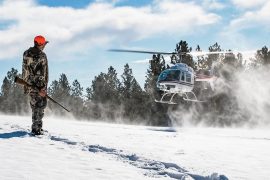
This was prompted by a most excellent article in the latest American Rifleman on the new 6mm Creedmoor cartridge, written by the old Craig Boddington. Craig said that we certainly have enough rifle rounds, and that while the 6mm Creedmoor is a good one, the addition of more is not necessarily a cause for rejoicing.
How many cartridges are there? I looked at several websites and discovered that no one has made an actual count. There are several lists, but just reading them caused me to break into a cold sweat. The number is probably something like 10 to the 12th power.
(Years ago, an editor of Field & Stream asked me how I kept track of all of them. I answered that I no longer could, or cared to, and that memorizing the roster was something that had to be done in childhood, when the brain is still flexible.)
Too many cartridges is nothing new. If you look at a cartridge board from the 19th century, you’ll see all sorts of redundant rounds. Back then, they had strange, mellifluous names. There was the .40/63 Ballard Everlasting and the .40/70 Ballard Everlasting; the .44/95 Peabody What Cheer, and the .44/100 Peabody What Cheer. My favorite remains the .22 Velo Dog, which was a handgun cartridge designed for shooting annoying curs while pedaling your bicycle.
Cartridges are created because the firearms industry, like any other industry, is forced to come up with “new” stuff and make noises like it is nothing less than the rising of the sun. Gun writers, needing something to write about, go along with this. The shooting public sometimes buys into it and sometimes doesn’t.
Some cartridges are designed to fulfill a particular need, but that need diminishes over time and they become less than necessary but refuse to go away. The .220 Swift leaps to mind. It was born in the heyday of woodchuck shooting, but the woodchucks have fled from the pastures to the woods courtesy of the coyotes, and the Swift is too powerful and too expensive for popping away at prairie dogs, which everyone now does with the .223 and the various horrible .17s.
Then there are rounds such as the .257 Roberts and the .25/06, both of which are wonderful, but come out of a time when the “dual-purpose” cartridge—one that you could use on big game and varmints—was much in…





